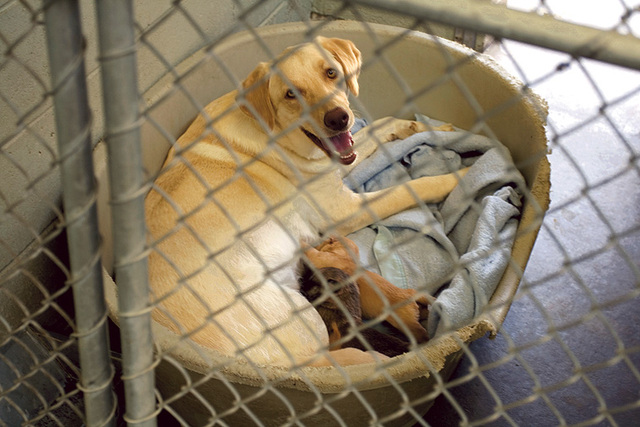A Walk Through The City’s Animal Shelters
A Walk Through The City's Shelters


More than 27,000 animals go through the city’s shelters every year. About 30 percent of those are owner surrenders.
Eric Williams ericwphoto.com

Young puppies and kittens used to have a difficult time surviving in the shelters due to the spread of disease. But Director Jeanine Patterson says a program to recruit foster families, started within the last four months, has resulted in all fostered animals surviving.
Eric Williams ericwphoto.com




